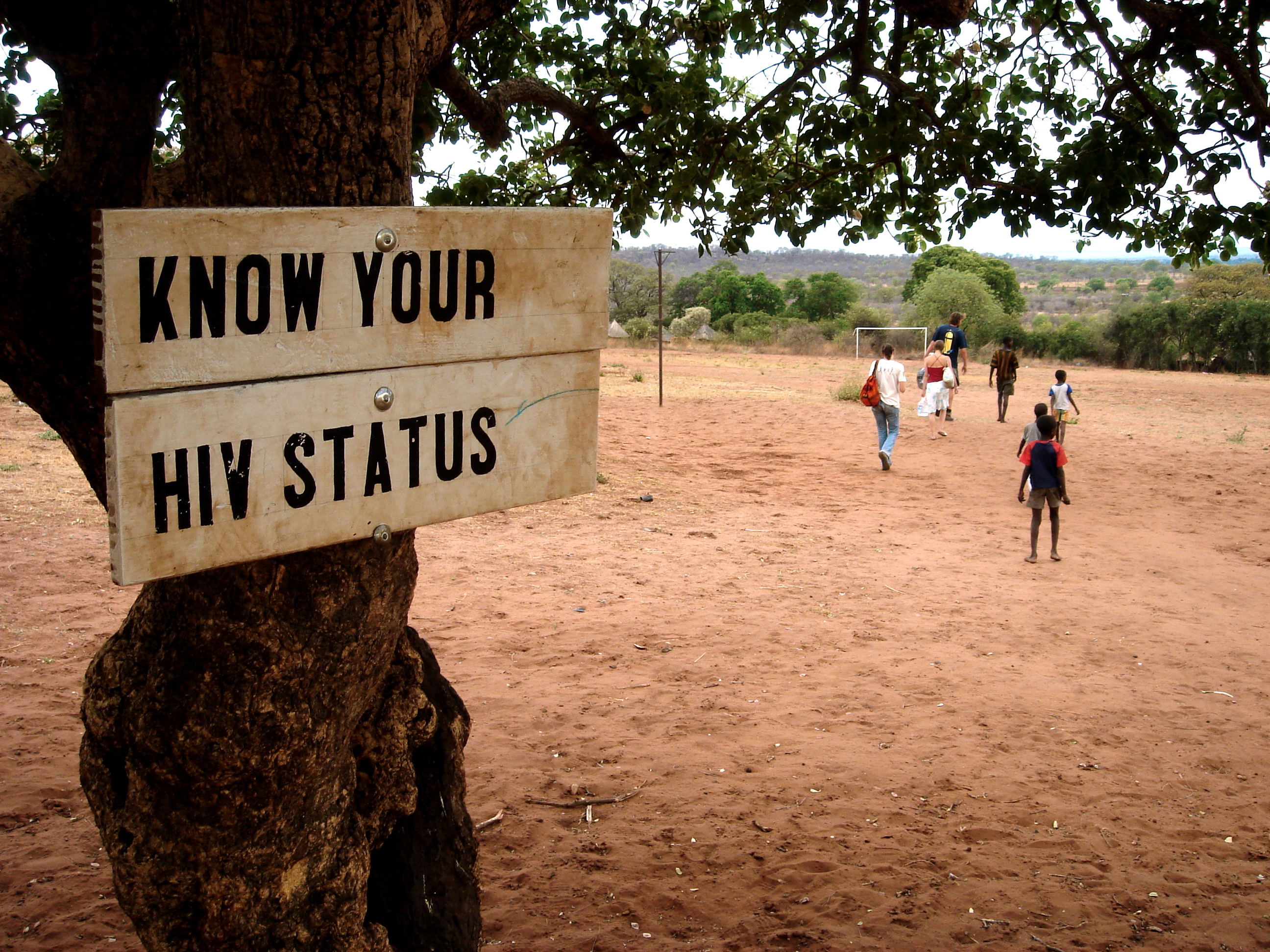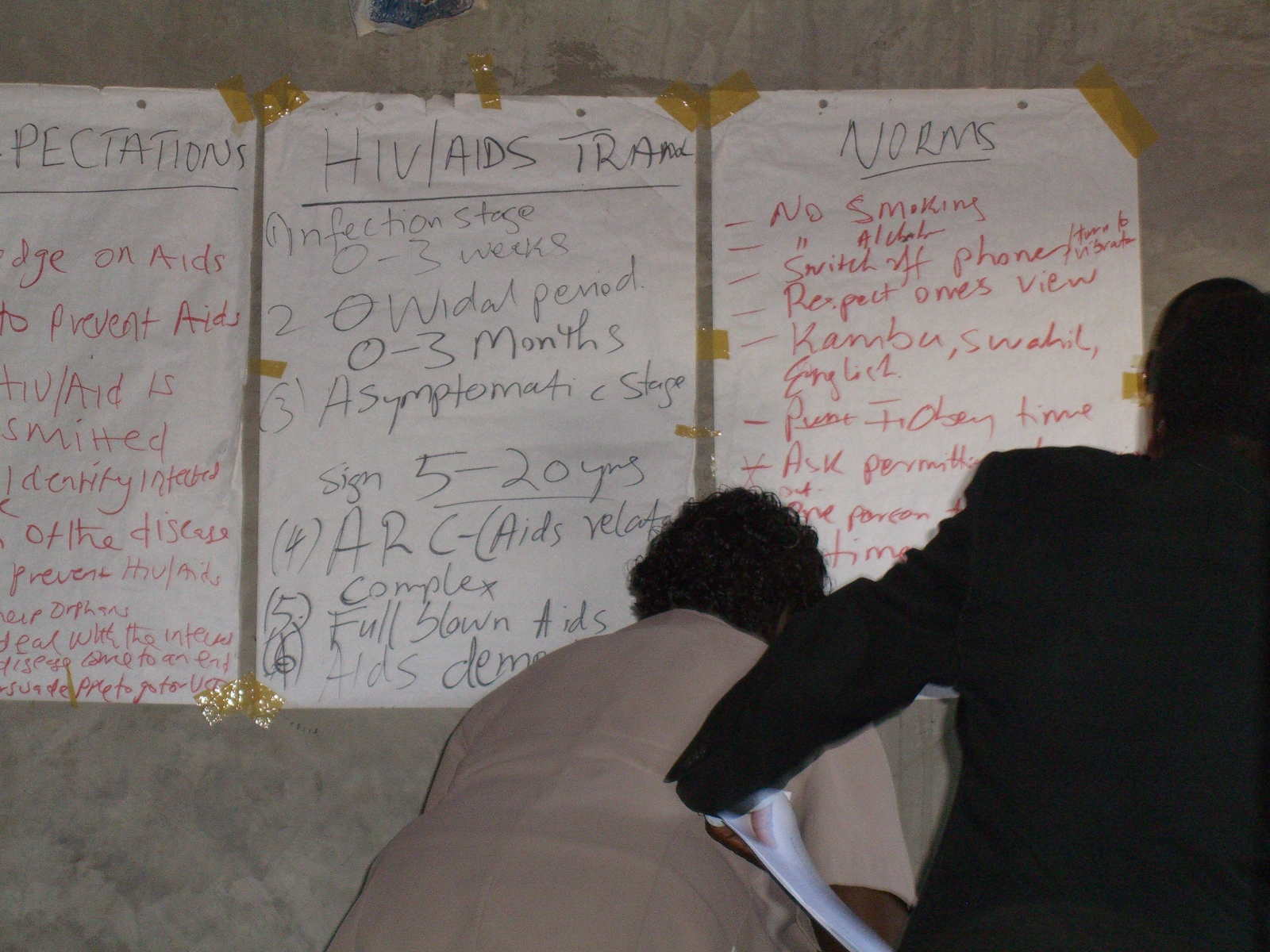The Infuriating Reason $1.4 Billion in AIDS Relief Was a Waste of Money

By:
The U.S. has spent a staggering $1.4 billion on abstinence education as part of a program to stop the spread of HIV in sub-Saharan Africa over the last dozen years. That money was largely wasted, according to a comprehensive study published in the May issue of Health Affairs.
 Flickr/Jon Rawlinson - flickr.com
Flickr/Jon Rawlinson - flickr.com
The President’s Emergency Plan for AIDS Relief, better known as PEPFAR, was enacted during the administration of President George W. Bush and contained provisions aimed at promoting safe sex practices in sub-Saharan Africa, provisions that some critics argued would be ineffective: promoting monogamy and abstinence.
The new research substantiates the criticism: Abstinence education resulted in little change.
- The age individuals experienced their first sexual experiences remained the same.
- The number of teenage pregnancies remained the same
- Individuals' numbers of sexual partners remained the same.
These specific behaviors have been associated with a higher risk of contracting HIV, according to Scientific American.
Abstinence-based sexual education has been proven ineffective stateside as well. Congress has shelled out out around $1.5 billion on abstinence-only-until-marriage programs over the last 25 years, according to the Sexuality Information and Education Council of the United States. Yet not a single peer-reviewed journal has found these programs to be effective.
Critics had argued that PEPFAR money was intended to impose American values, such as abstinence prior to marriage, on other countries, John Dietrich, a political science professor at Bryant University, told NPR.
Why did the U.S. proceed with abstinence-based education in Africa? Pressure from the religious right. Enacted in 2003, the legislation mandated that at least one-third of PEPFAR's budget be earmarked to abstinence education, according to Scientific American.
 chaouki/Flickr - flickr.com
chaouki/Flickr - flickr.com
That earmark was eliminated in 2008 when the bill was reauthorized by Congress, but the program still spends money on abstinence-based sex education. PEPFAR apportioned around $45 million in 2013 to abstinence education, Scientific American reported. (For perspective, funding for abstinence education in the U.S. peaked in 2008 at about $250 million, according to NPR.)
In general PEPFAR has produced some favorable results, primarily on the treatment front. "HIV-related deaths declined in PEPFAR's focus countries relative to sub-Saharan African controls, but trends in adult prevalence were not different," according to research by Eran Bendavid and Jayanta Bhattacharya of the Center for Health Policy and the Center for Primary Care and Outcomes Research at Stanford University.
 khym54/Flickr - flickr.com
khym54/Flickr - flickr.com
The program also prevented nearly 1 million babies from contracting HIV from their mothers and distributed lifesaving drugs to upward of 5 million people, NPR reported.
One factor was linked to less risky sexual behavior: The number of years women remained in school, Scientific American reported.
For its part, PEPFAR defended its work in a statement to Scientific American:
"Since its inception, PEPFAR's mission has been to prevent as many new HIV infections and save as many lives as possible toward controlling the HIV/AIDS epidemic. To fulfill this mission, PEPFAR has continually evolved its approach to, and investments in, HIV prevention based on the latest scientific evidence and lessons learned from applying this evidence in programs. Current prevention science demonstrates that a combination package of evidence-based behavioral, biomedical and structural prevention interventions tailored to the populations and geographic areas with the greatest burden is most effective in addressing the epidemic."
PEPFAR's program of radio ads and billboards weren't enough to change behaviors in sub-Saharan Africa, Stanford's Bendavid told NPR.
 Philip Kromer/Flickr - flickr.com
Philip Kromer/Flickr - flickr.com
